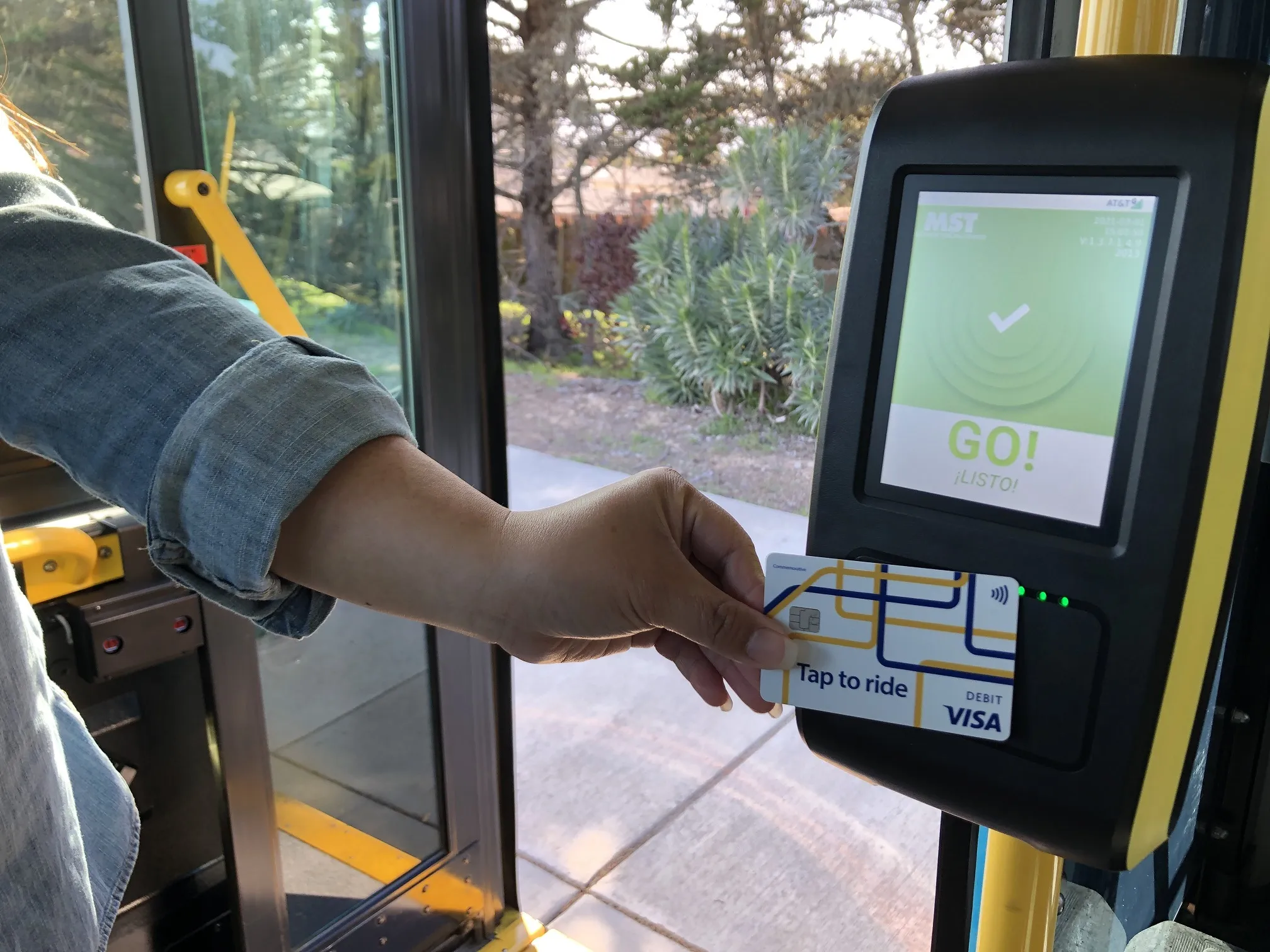Eroad, the New Zealand technology company, was the first to implement a GNSS/CN based road-charging solution across an entire country. Today, many countries are looking at systems that will address future funding and road management challenges that will come with hybrid, electronic and autonomous vehicles.
Eroad recently implemented an electronic ‘weight-mile’ tax solution in Oregon; the first of its kind in North America. The successful implementation has, among other things, demonstrated that a GNSS-ba
October 11, 2016
Read time: 2 mins

Eroad recently implemented an electronic ‘weight-mile’ tax solution in Oregon; the first of its kind in North America. The successful implementation has, among other things, demonstrated that a GNSS-based road-charging solution is proven and cost effective, and can offer companies and government entities comprehensive and flexible solutions on the same robust platform. Eroad now has 40,000 units on the road in New Zealand, Australia and the United States.
Earlier this year, the










